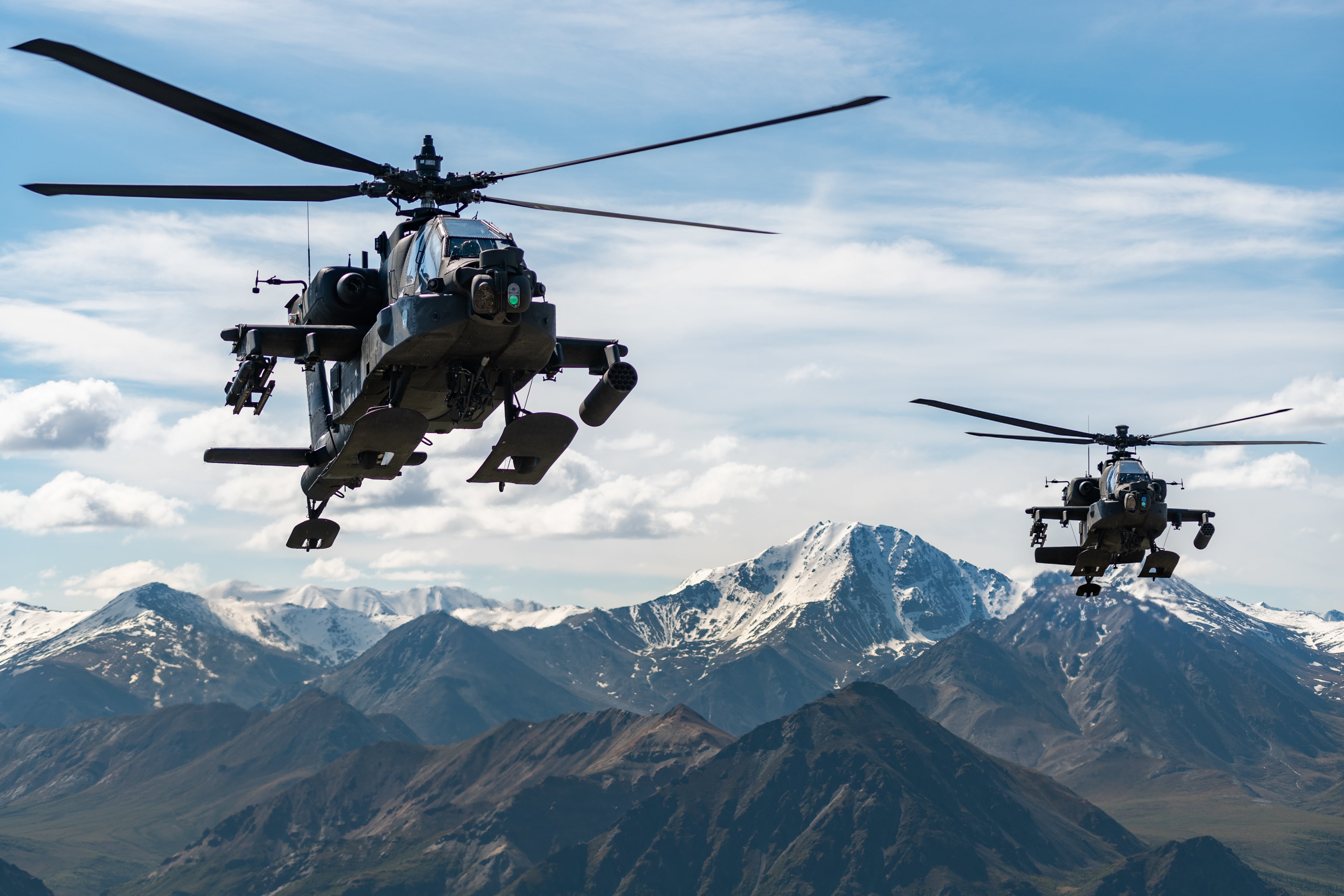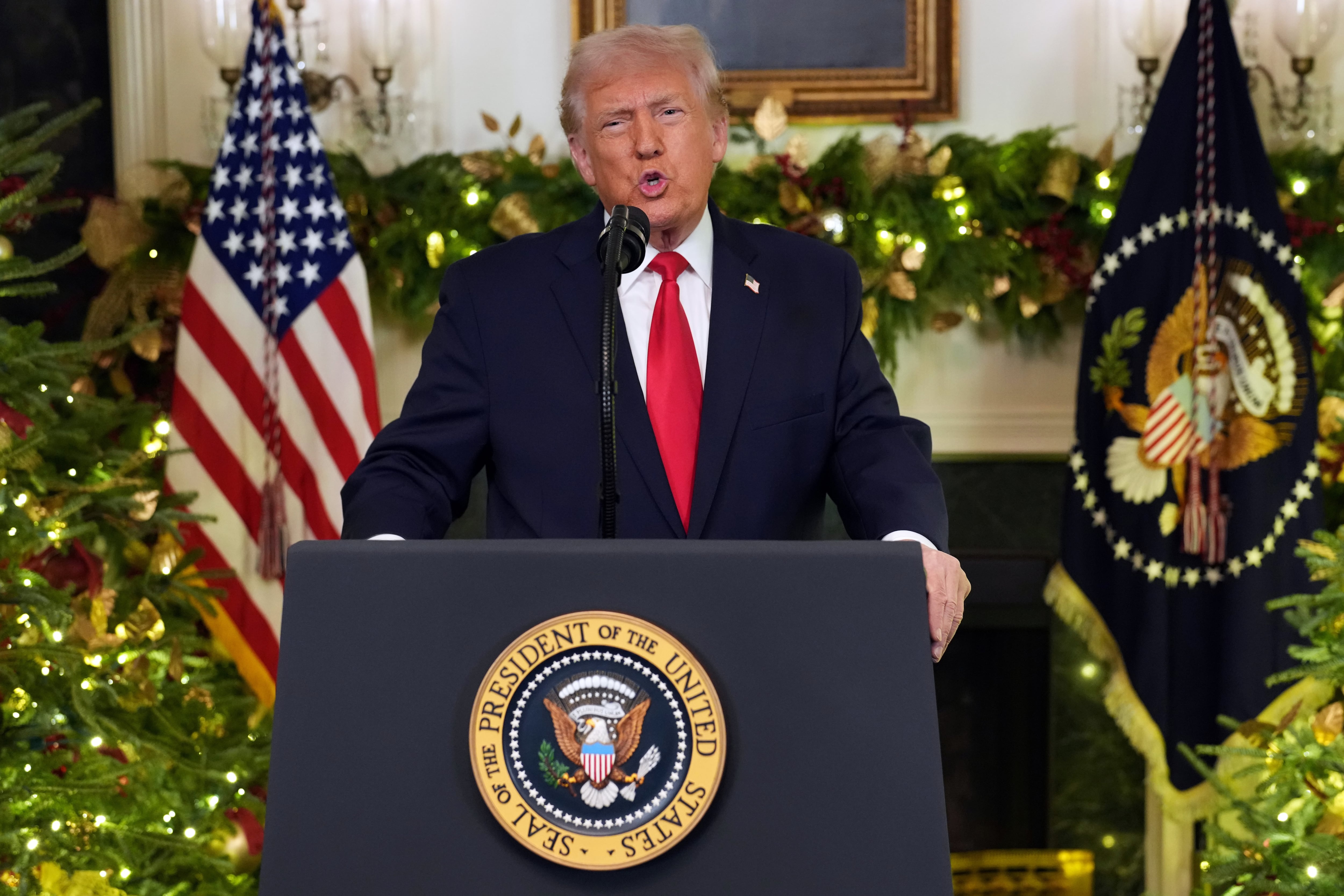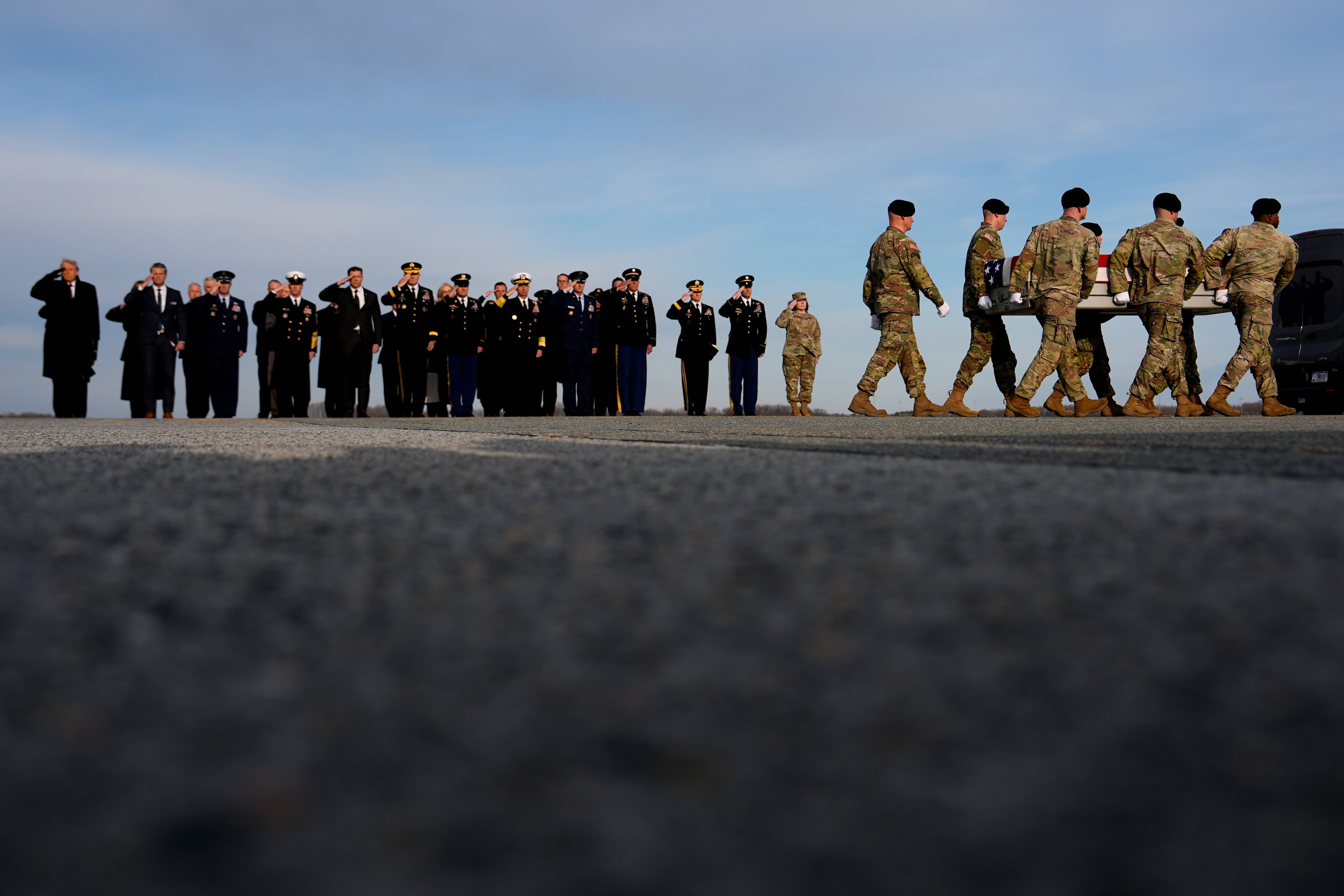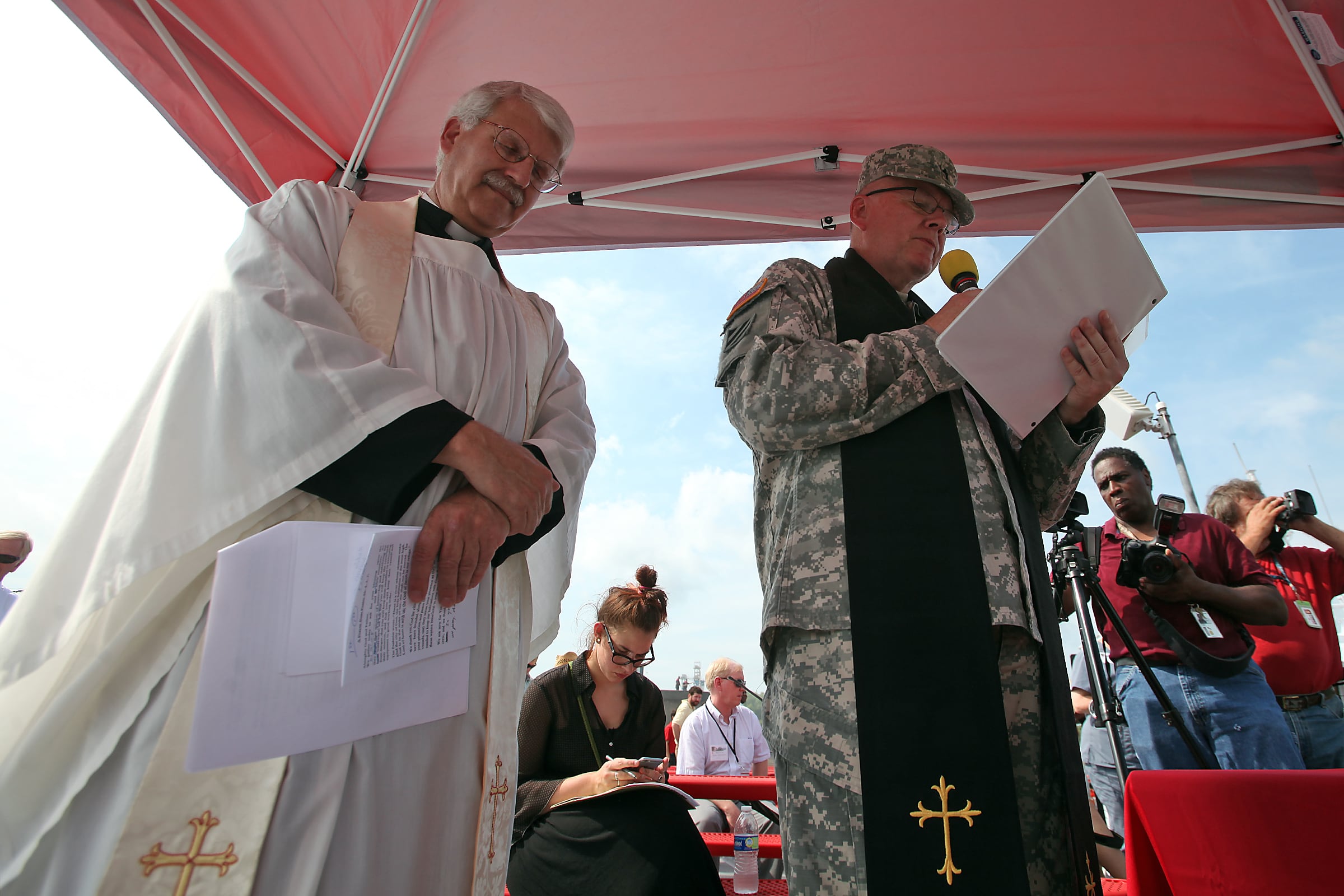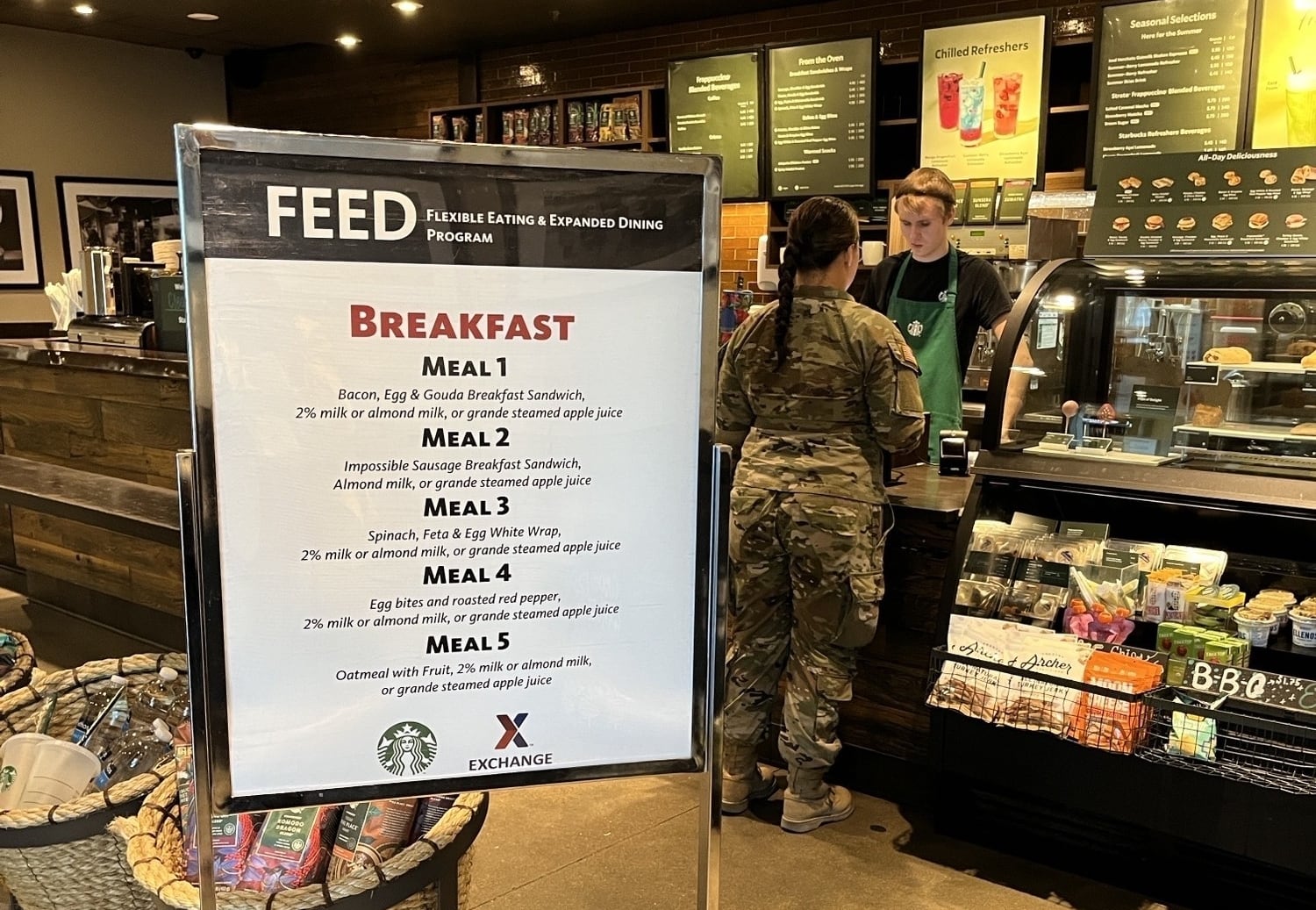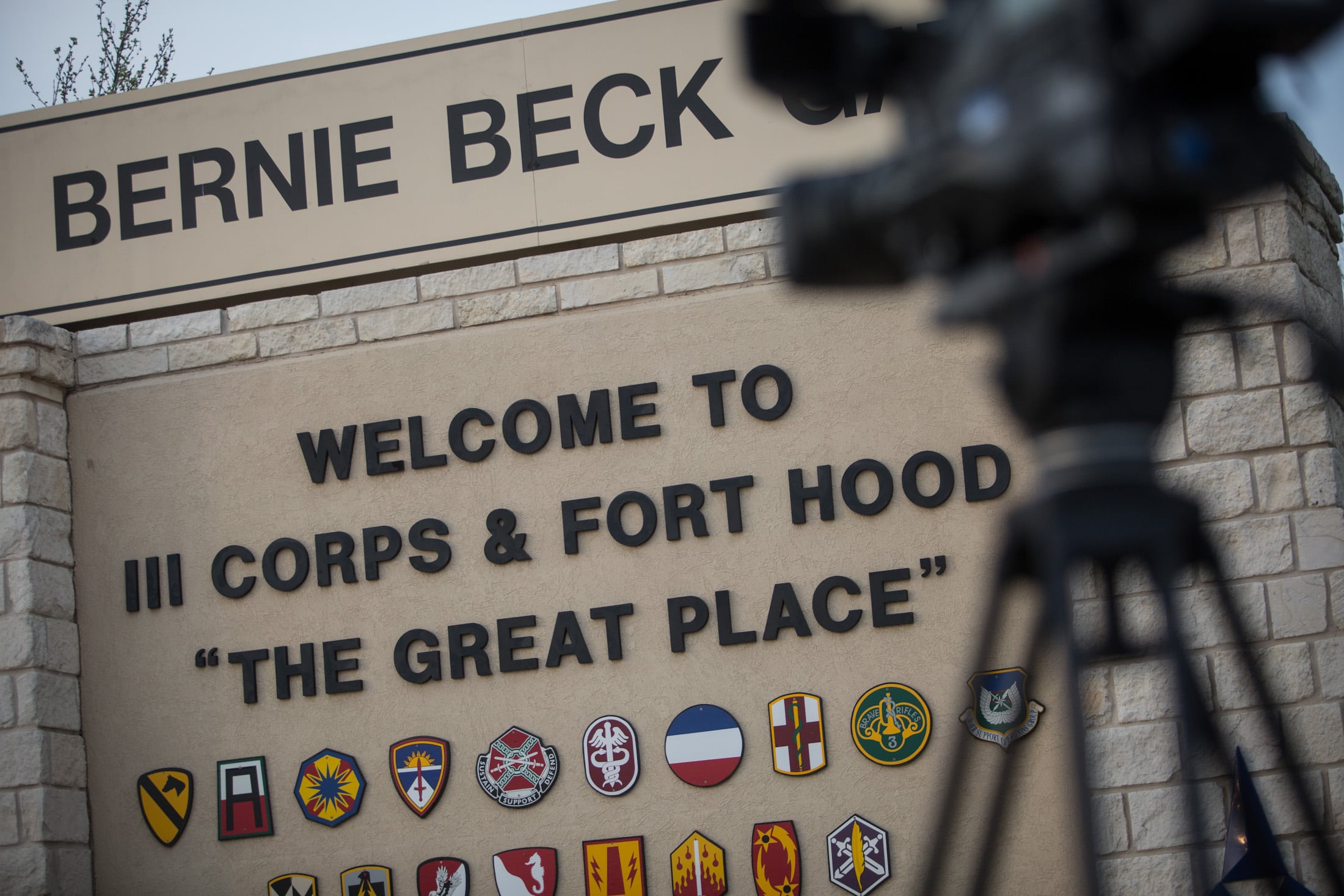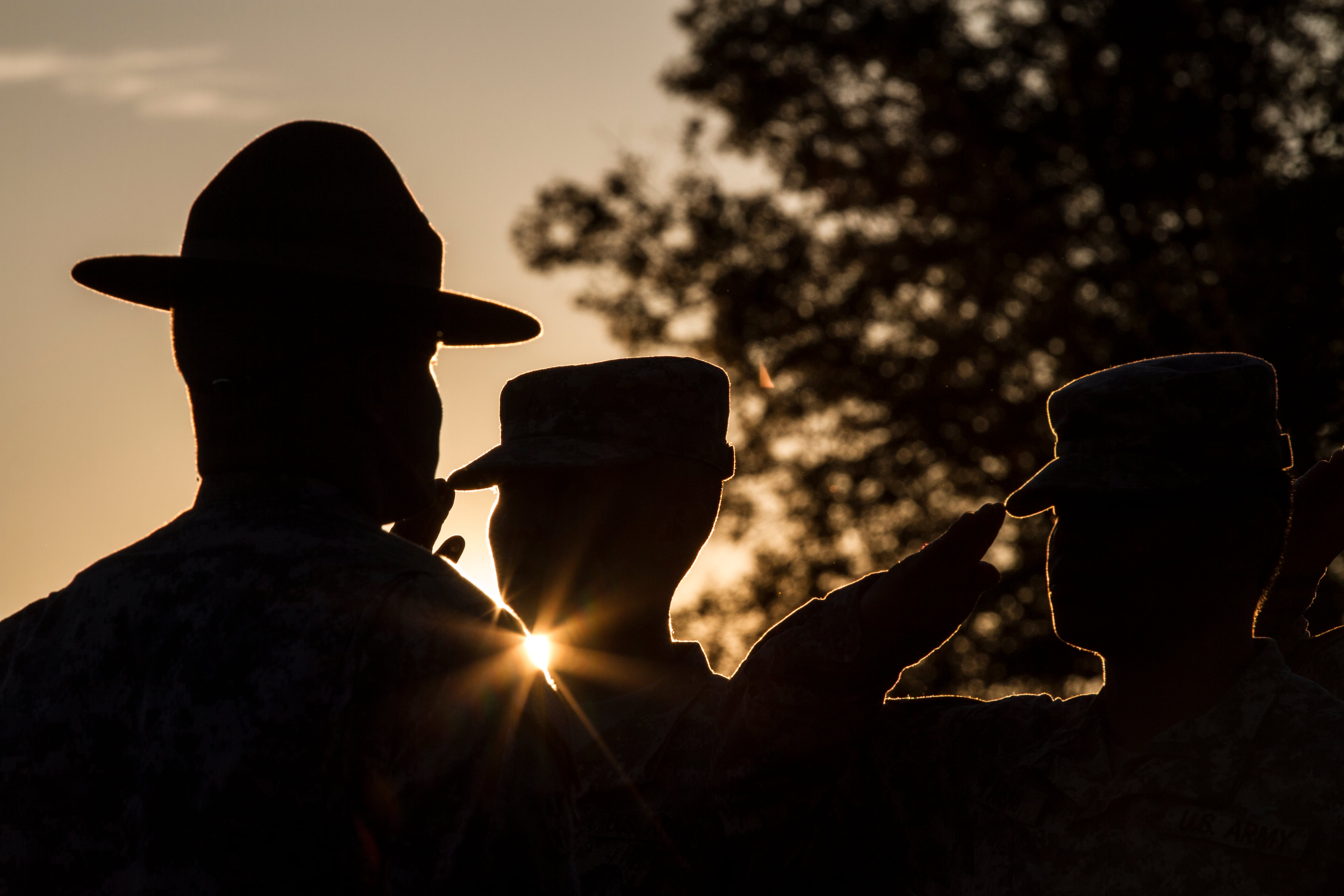The Army just bumped up its Aviation Incentive Pay rates for the first time in more than 20 years to compete with the civilian market, according to new pay charts posted by Army Human Resources Command.
While the service’s aggregate number of pilots is suitable, there has been an imbalance between junior, mid-level and senior aviators across the force, Army officials have acknowledged over the past year.
Pilots with more than 10 years of aviation service can receive a $1,000 per month incentive pay, which is the maximum the Army is allowed to offer by law. The rates begin to decrease after a pilot has more than 22 years of aviation experience, with the exception of warrant officers, who stay in the “Over 10” category until retirement, or they’re no longer in aviation.
The rates used to equal about 25 percent of a pilot’s base pay in the late 1990s, but declined in the intervening years to about 11 percent, the Army said in a separate news release.
“The Army understands the high demands on the aviation force and their families. This increase in AvIP, the first for Army pilots in over 20 years, will result in an increase of pay for most pilots in the regular Army, Army National Guard, and Army Reserves,” said Maj. Gen. David J. Francis, commander of the Army Aviation Center of Excellence and Fort Rucker, in the news release.

“This adjustment is just one of many efforts underway to maintain aviation readiness and ensure support to the joint force," Francis added.
The Army has also been working to address its pilot shortfall through exit surveys to figure out exactly why pilots are leaving for the private sector.
“One question I often get asked is, are the airlines impacting your shortfall,” Brig. Gen. Michael C. McCurry, director of Army aviation for the Office of the deputy chief of staff G-3/5/7, said in September. “Well the short answer is, we don’t know. We don’t have good measurements out there right now to tell us why an aviator is getting out of the force."
The Army has also targeted retention bonuses to junior pilots with between six and 13 years in service, and senior warrants with between 19 and 22 years, hitting the points when aviators are most likely to get out.
RELATED
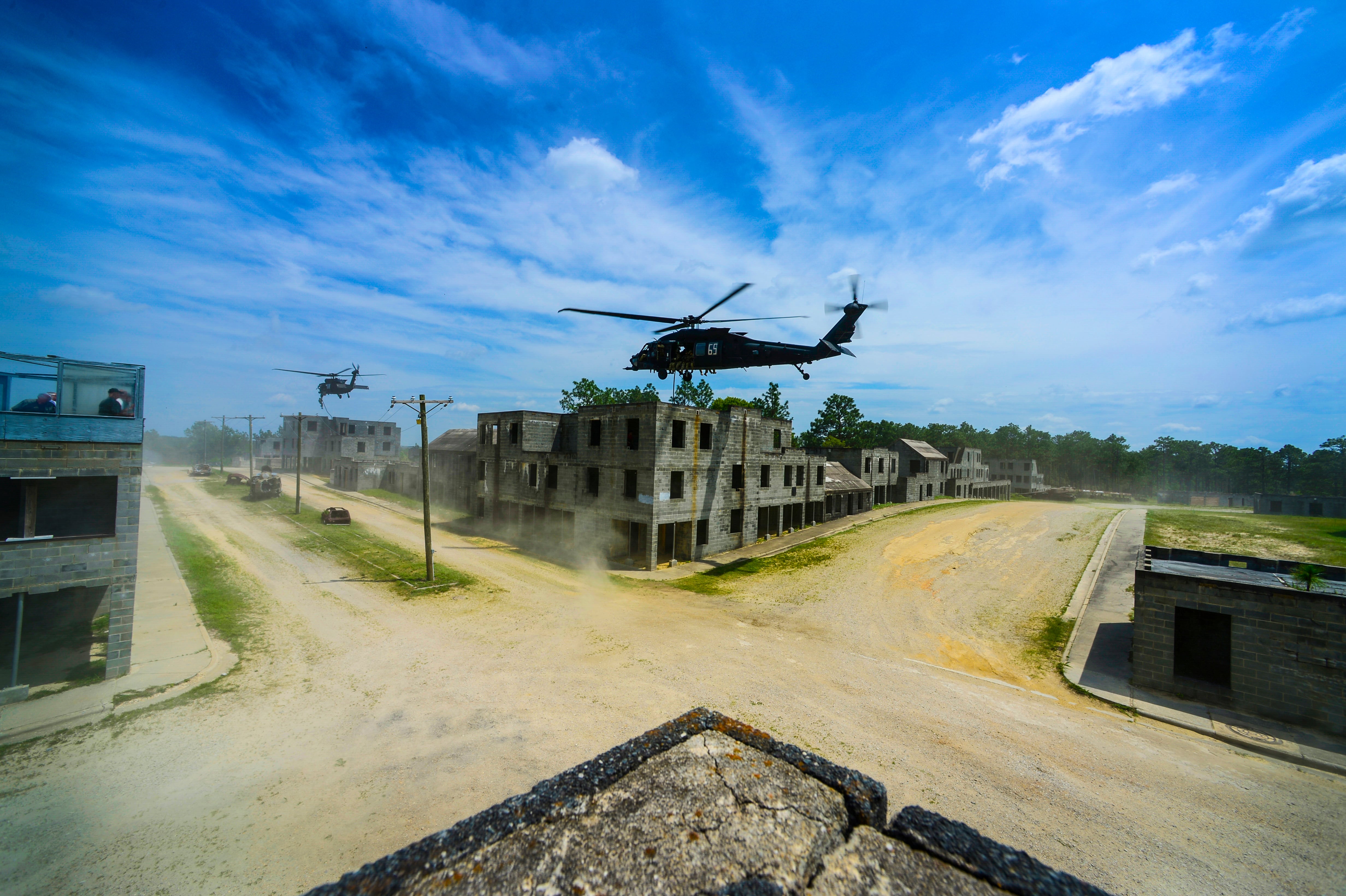
The service doesn’t have trouble recruiting pilots, Army leaders have said, but there is a problem with producing them at the schoolhouse and keeping mid-level soldiers in the cockpit.
McCurry said the service has been working to increase production at Fort Rucker, Alabama, the Army’s primary flight training post and home to the Army Aviation Center for Excellence.
The operations tempo for Army combat aviation brigades has not decreased over the past few years.
“Today, every active component CAB is allocated or on mission,” McCurry said in September. “The appetite for Army aviation has not subsided, as the receiver of continual requests for aviation forces in the fight from the [Combatant Commands], that appetite has not waned.”
The increased special pay rates stack with the 3.1 percent military pay raise recently approved by Congress for all service members.
Kyle Rempfer was an editor and reporter who has covered combat operations, criminal cases, foreign military assistance and training accidents. Before entering journalism, Kyle served in U.S. Air Force Special Tactics and deployed in 2014 to Paktika Province, Afghanistan, and Baghdad, Iraq.
